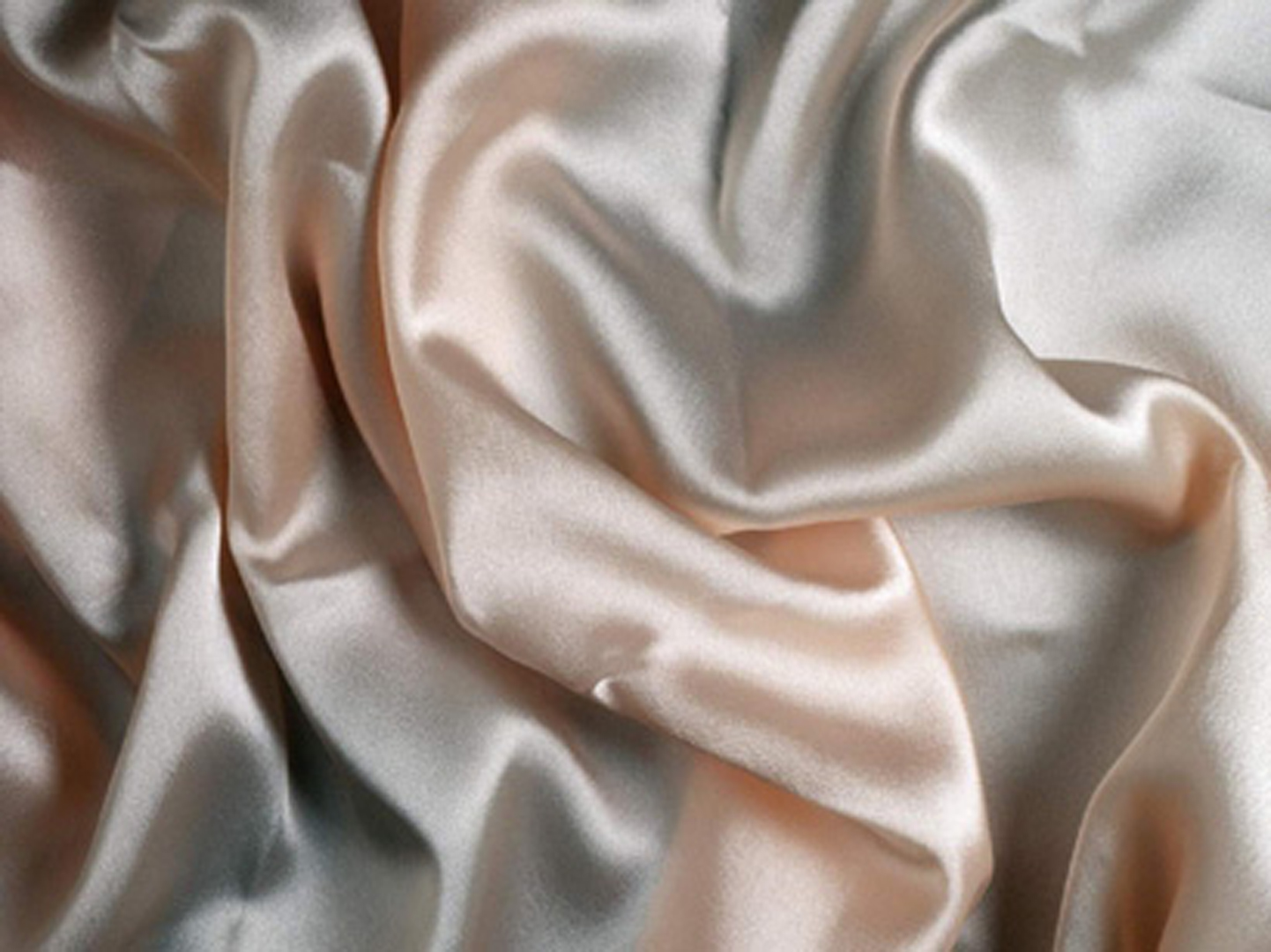“Stable but responsive cloth”
Conference:
Type(s):
Title:
- Stable but responsive cloth
Presenter(s)/Author(s):
Abstract:
We present a semi-implicit cloth simulation technique that is very stable yet also responsive. The stability of the technique allows the use of a large fixed time step when simulating all types of fabrics and character motions. The animations generated using this technique are strikingly realistic. Wrinkles form and disappear in a quite natural way, which is the feature that most distinguishes textile fabrics from other sheet materials. Significant improvements in both the stability and realism were made possible by overcoming the post-buckling instability as well as the numerical instability. The instability caused by buckling arises from a structural instability and therefore cannot be avoided by simply employing a semi-implicit method. Addition of a damping force may help to avoid instabilities; however, it can significantly degrade the realism of the cloth motion. The method presented here uses a particle-based physical model to handle the instability in the post-buckling response without introducing any fictitious damping.
References:
1. AMIRBAYAT, J., AND HEARLE, J. 1989. The anatomy of buckling of textile fabrics : Drape and conformability. Journal of Textile Institute 80, 1, 51-70.Google Scholar
2. BARAFF, D., AND WITKIN, A. 1998. Large steps in cloth simulation. In Proceedings of SIGGRAPH 98, ACM Press / ACM SIGGRAPH, Computer Graphics Proceedings, Annual Conference Series, ACM, 43-54. Google Scholar
3. BATHE, K. J. 1996. Finte Element Procedures. Prentice-Hall.Google Scholar
4. BREEN, D. E., HOUSE, D. H., AND WOZNY, M. J. 1994. Predicting the drape of woven cloth using interacting particles. In Proceedings of SIGGRAPH 94, ACM Press / ACM SIGGRAPH, Computer Graphics Proceedings, Annual Conference Series, ACM, 365-372. Google Scholar
5. CARIGNAN, M., YANG, Y., MAGNENAT-THALMANN, N., AND THALMANN, D. 1992. Dressing animated synthetic actors with complex deformable clothes. In Computer Graphics (Proceedings of ACM SIGGRAPH 92), ACM, 99-104. Google Scholar
6. COURSHESNES, M., VOLINO, P., AND MAGNENAT THALMANN, N. 1995. Versatile and efficient techniques for simulating cloth and other deformable objects. In Proceedings of SIGGRAPH 95, ACM Press / ACM SIGGRAPH, Computer Graphics Proceedings, Annual Conference Series, ACM, 137-144. Google Scholar
7. DESBRUN, M., SCHRÖDER, P., AND BARR, A. 1999. Interactive animation of structured deformable objects. In Graphics Interface, 1-8. Google Scholar
8. EBERHARDT, B., WEBER, A., AND STRASSER, W. 1996. A fast, flexible, particle-system model for cloth draping. IEEE Computer Graphics and Applications 16, 5 (Sept.), 52-59. Google Scholar
9. EISCHEN, J. W., DENG, S., AND CLAPP, T. G. 1996. Finite-element modeling and control of flexible fabric parts. IEEE Computer Graphics and Applications 16, 5 (Sept), 71-80. Google Scholar
10. GERE, J. M. 2001. Mechanics of Materials. Brooks/Cole.Google Scholar
11. KANG, T., JOO, K., AND LEE, K. 2001. Analysis of fabric buckling based on nonlinear bending properties. (Submitted), http://textile.snu.ac.kr/upjuk/PDF/IJ_TRJ_2002_KHJOO.PDF.Google Scholar
12. PROVOT, X. 1995. Deformation constraints in a mass-spring model to describe rigid cloth behavior. In Graphics Interface ’95, 147-154.Google Scholar
13. TERZOPOULOS, D., AND FLEISCHER, K. 1988. Modeling inelastic deformation: Viscoelasticity, plasticity, fracture. In Computer Graphics (Proceedings of ACM SIGGRAPH 88), ACM, 269-278. Google Scholar
14. VOLINO, P., AND MAGNENAT-THALMANN, N. 2000. Implementing fast cloth simulation with collision response. In Proceedings of the Conference on Computer Graphics International (CGI-00), 257-268. Google Scholar
15. VOLINO, P., AND MAGNENAT-THALMANN, N. 2001. Comparing efficiency of integration methods for cloth animation. In Proceedings of the Conference on Computer Graphics International (CGI-01). Google Scholar
16. Yu, W., KANG, T., AND CHUNG, K. 2000. Drape simulation of woven fabrics by using explicit dynamic analysis. Journal of Textile Institute 91 Part 1, 2, 285-301.Google Scholar
17. ZHANG, D., AND YUEN, M. 2000. Collision detection for clothed human animation. In Proceedings of the 8th Pacific Graphics Conference on Computer Graphics and Application (PACIFIC GRAPHICS-00), 328-337. Google Scholar




